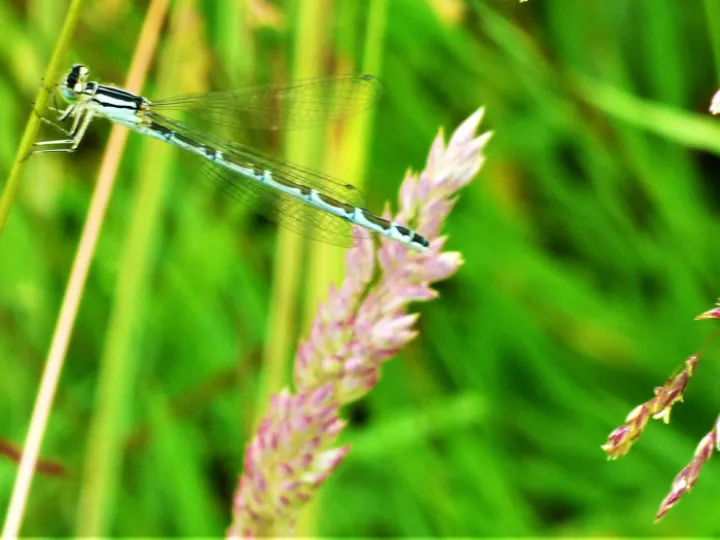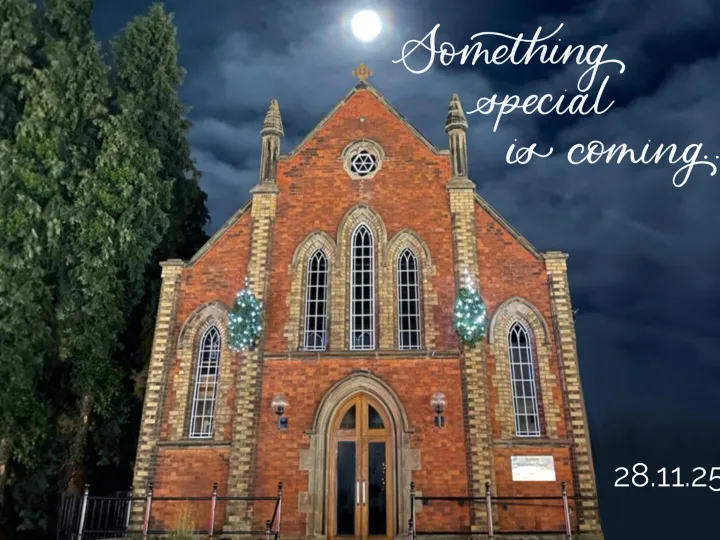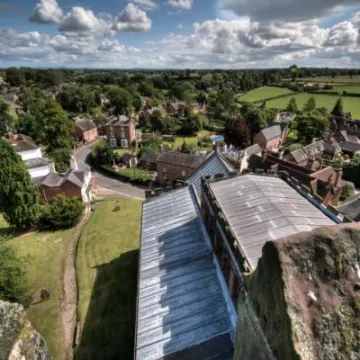



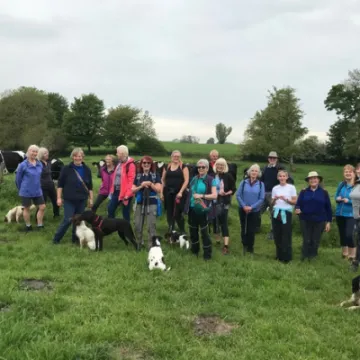



The Green, Green Grass by Adrian Leighton
Summer is here and the hum of bees can be heard dipping from flower to flower. But hark, I hear another buzzing sound – it's the song of the Lesser or Greater Lawn Mower! Yes , the warm weather and continued drenching has sent my patch of grass (otherwise known as a lawn) into a frenzy of growth.
Grass is a plant with which we have a love/hate relationship – we love the green expanse of lusciousness but hate the hours of toil mowing it to our liking. Not only is it a prolific grower but also only too ready to take up residency anywhere.
So let us ponder on the commonest of all plants at a time when in the wild it is producing its most shapely seed heads which combine to form their own beauty to our eyes.
Grasses began to evolve about 66 million years ago during the Cretaceous period. Then having successfully spread to to most ecosystems from snowy mountains to sandy deserts, it has become the most common family of plants on earth. Grasses of one type or another cover 20% of the planet's surface, and have 12000 species.
Yet, as well as forming such a notable background to our world, it plays an important role in the functioning of life on earth – indeed without grass, we can say that we would not be able to live. For, as well as ourselves, it provides food and shelter for many other creatures great and small.
It was the growth of the grasslands that persuaded our ancient ancestors to leave the trees and become hunter/gatherers on the Savanna lands of Africa. But the really important relationship between humans and grasses was forged some 15000 years ago when the evolving form of the plant combined with human intervention lead to grasses producing seed grains which humans could use.
How this occurred is still a mystery of science but it is suspected that the Grass USED human intervention to serve its own evolutionary process. It was a win-win situation humans got food and the plant had a willing slave to enable it to go on reproducing.The early grains of this partnership are still available as Rye and Spelt and Rice. The humans of the Middle East who first shared this partnership set in motion a beginning of a process which can be said lead to the formation of human civilization by providing a consistent and reliable food source.
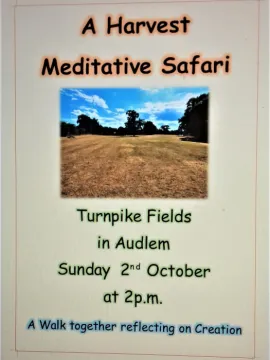
Such a mass of vegetation, like all green plants, also plays a part, through photosynthesis, in controlling the level of CO2 in the atmosphere and the production of oxygen.
It also fulfils an important function in stabilising the soil, with its roots providing anchors. In the mysterious world underground grass shares in the intricate web of delivering and sharing nutrients and information along the mycellial web that drives the fertility of the soil and flourishing of all plant life.
Sometimes we get the idea that this planet is there for us humans and all other life is there for our fancy. We can tend to respect and value only what we perceive as useful or enjoyable to us. The truth is that we live in partnership with even the most common and mundane of organisms including grass. So it is worth giving grass a second thought and letting the eye see the joy of grass waving in the breeze.
All around us are those grasses we have naming so deliciously like the purple haze of Yorkshire Fog, the prim upright head of Timothy, the waggy head of Meadow Foxtail, the pink Christmas tree head of Common Bent, the chunky paw of Cock's-Foot, the bowing head of Hairy Brome, and many more.
Get In Touch
AudlemOnline is powered by our active community.
Please send us your news and views using the button below:
Email: editor@audlem.org

